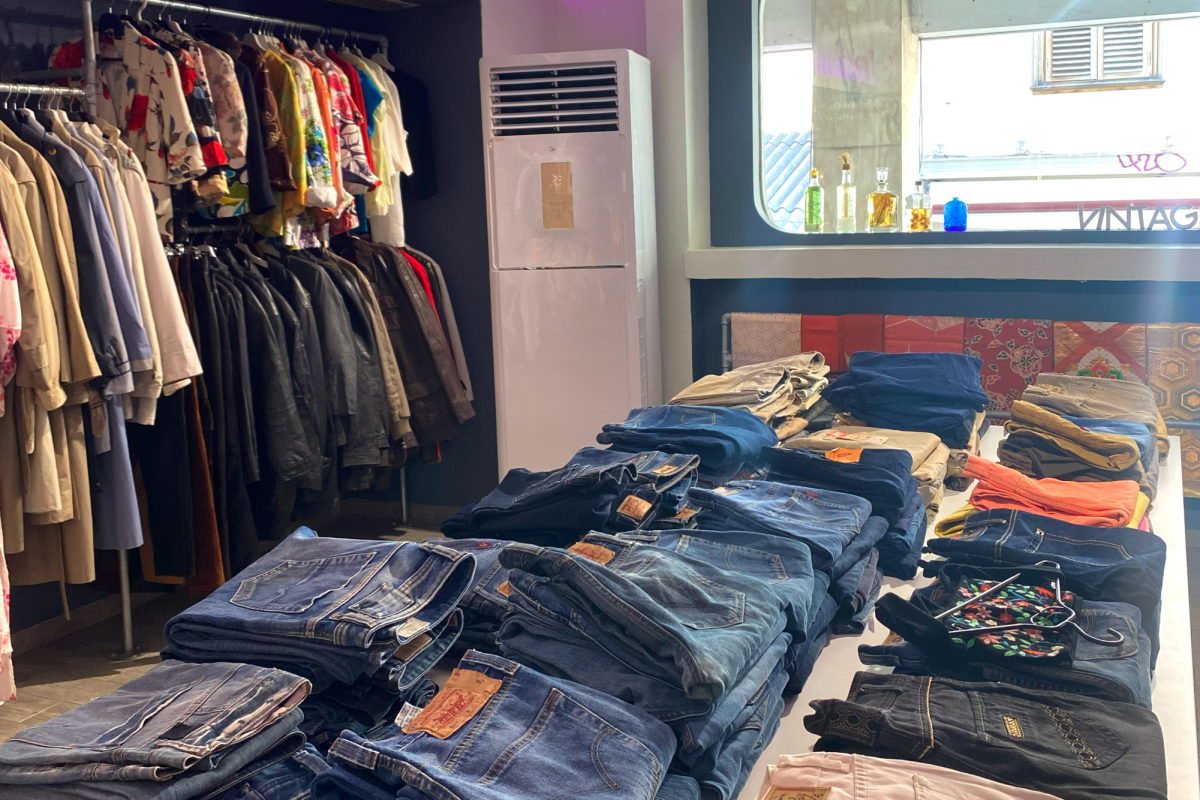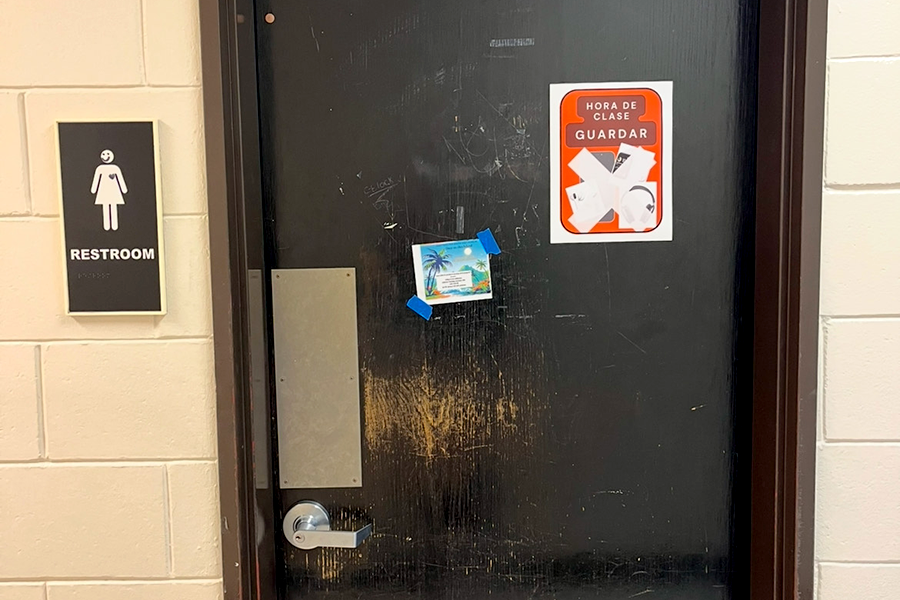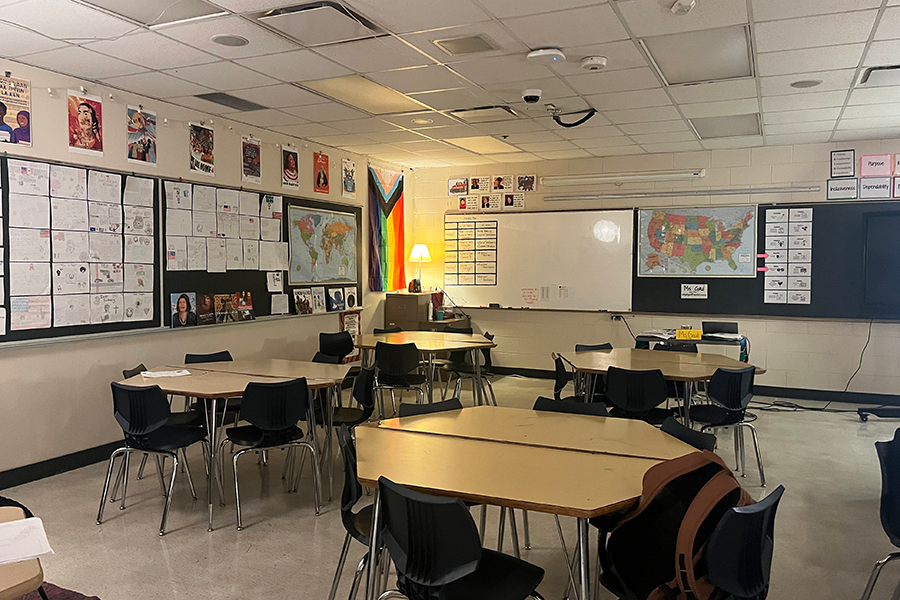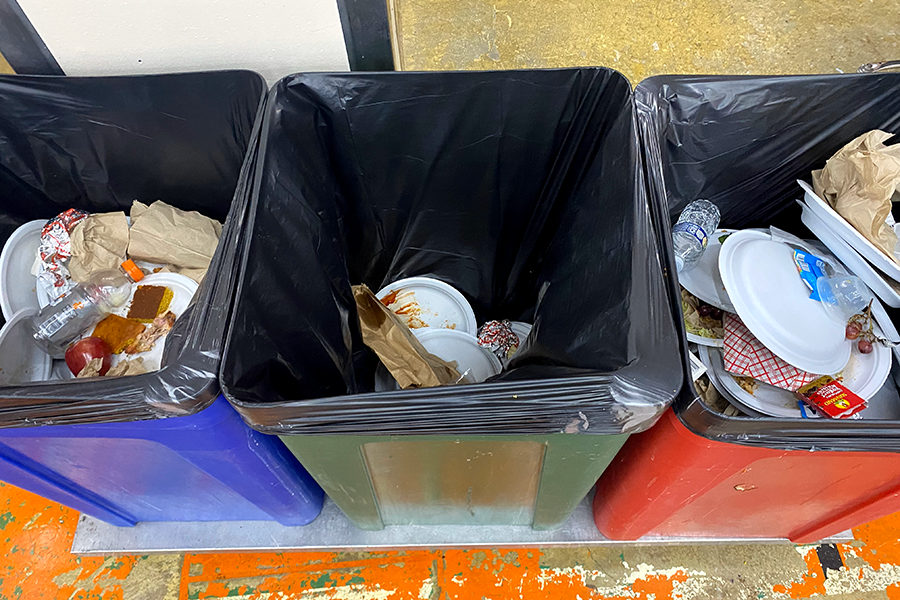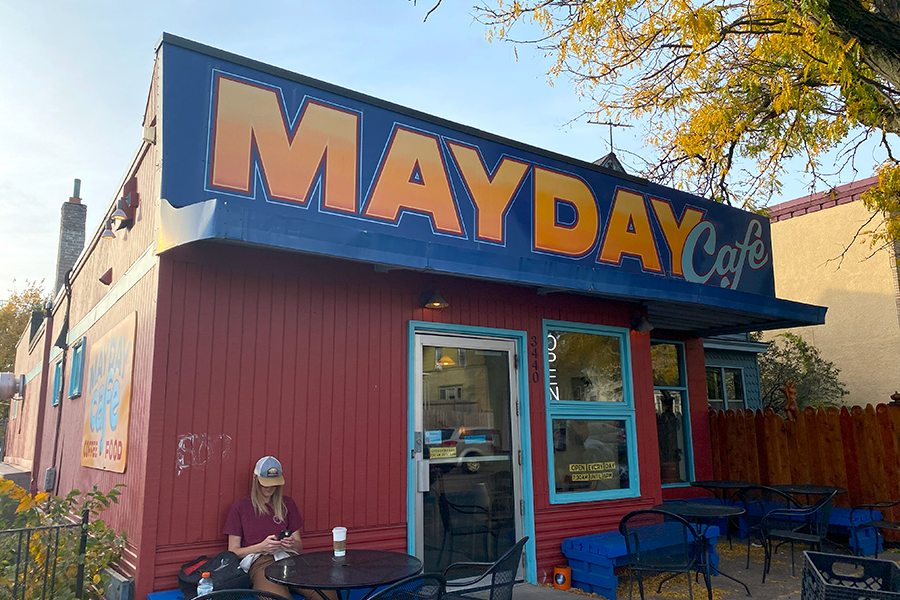They may seem like all-seeing eyes, watching for any misdemeanor and waiting for the right moment to report criminals to the authorities. Sometimes they can even seem like they are invading personal space. But the uses of the security cameras inside of South are far broader than just keeping tabs on students.
Though many students may think of the cameras as watching every move they make, Principal Cecelia Saddler says it’s more “to let the community know that we’re trying to create a safe and helpful environment.”
The cameras in areas like the stairwells can seem like they are there just to watch out for rule-breaking committed by students. However, their practical uses vary widely. Joe Waalk, a member of the security team at South, says the most useful application of the cameras is “to help us with a flow chart for fire drills, and to help us determine what areas get cleared first.”
“The main thing is to save time,” says Waalk, “and they help a lot.”
Saddler recalls a time when the cameras were first installed, and “we were able to see areas around the building that weren’t well lit. [Because of this] we’ve added more lighting, and fenced in open areas. They’ve helped us to prevent things we couldn’t see before.”
Officer Loveland, South’s police officer, says of the cameras: “They are a tool for gathering information, whether it is used or not.”
He adds, “They are used to help create a safe environment, and to protect the kids inside, more than to police the building.”
However, Loveland also says they are useful in catching crime, especially in a neighborhood that he describes as “challenging”.
“They’re a good crime deterrent,” says Loveland, “and they have caught crime in the past.”
However, the cameras are not infallible when it comes to pinpointing thieves.
Junior Conor Garrity had his bike wheels stolen earlier this year. “I’m still angry about it,” says Garrity, “I wish there was a way to at least find out how it happened.”
Though Garrity acknowledges that there are cameras positioned around the area where his bike was locked up, he says that they didn’t help at all when it came to catching the thief.
“[The security system] is not really utilized to its full potential. I feel like the administration, since there are probably so many cases of this kind of thing happening, just decide to not help anyone in general with it.”
Senior Nathan Yeazel also had an experience with theft. His bike was stolen in the fall.
“I think that they actually do a fair job. They can look through the camera footage and see people getting bikes stolen,” says Yeazel, “but the thing is, people know to put their hoods up, and at that point they can’t be identified by the camera so there’s not much they can do.”
Saddler says that often, it is the students who approach the staff in order to find a solution to a situation. “Students come to us about their problems, telling us ‘go check the camera, did you get that?’”
Garrity did go to the administration for help, but “they didn’t really do anything about it. They never found who stole it.”
In Yeazel’s case, “Most of the people that I talked to told me that there really wasn’t much chance of getting it back at that point,” he says, “they might think it’s kind of futile to look for these bikes, because there have been a lot of bikes that have been stolen around here.”
Loveland agrees with Yeazel that there are simple reasons why the cameras can’t catch every theft. “What you need to remember about cameras is, you can get the best picture of someone, but if you don’t know who they are, there isn’t a database you can go through to find them.”
Another use that Saddler emphasizes is the way the cameras are used for training the staff. “If a situation happens, we need to know, where are our staff? Are we visible?”
Saddler, Waalk, and Loveland all think there should be more cameras around the school. “There are still areas we can’t see,” says Saddler, “it’s not about spying-there are areas we know may be impacted. It’s about being out there, establishing back up.”
Loveland stated that students rarely ever get to see footage from the cameras. But according to both Garrity and Yeazel, student involvement might actually help in issues like catching theft.
“I think that there should be a more public way to view the footage, so if the administration doesn’t have time to look at it, maybe the students could look at it themselves,” says Garrity, “so they’ll be able to figure out what happened, like to my bike, for instance.”
While the cameras at South may need improvement, they will not disappear anytime soon. As Loveland says, “There are cameras everywhere in the community- at traffic lights, malls, restaurants-it is becoming a part of our everyday society, to be under surveillance.”

